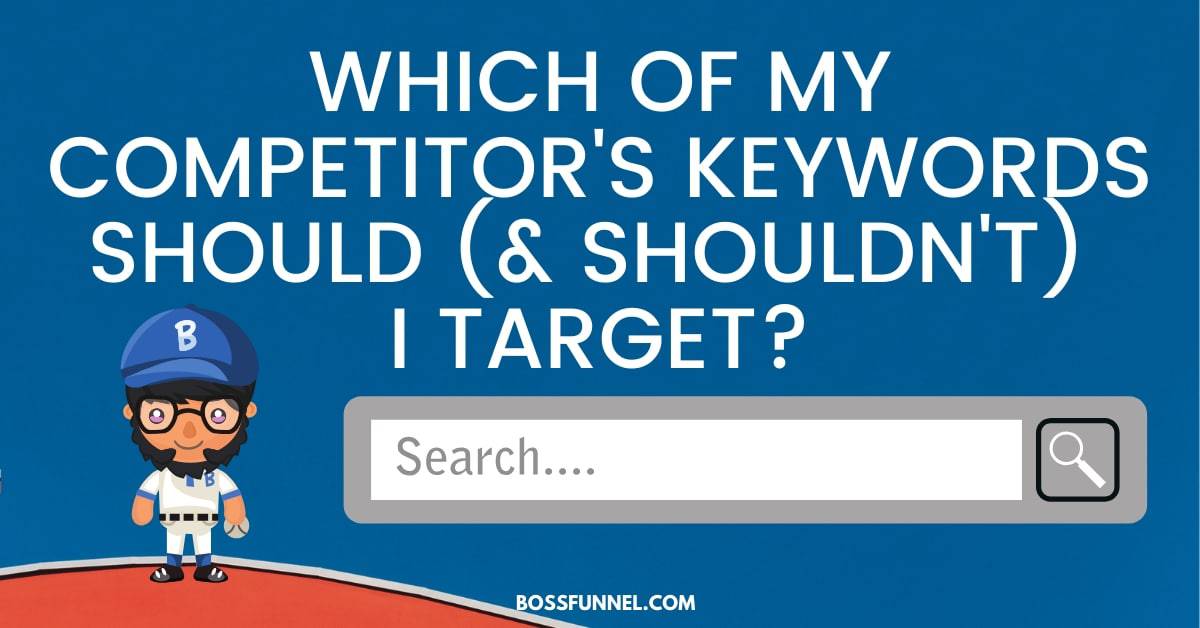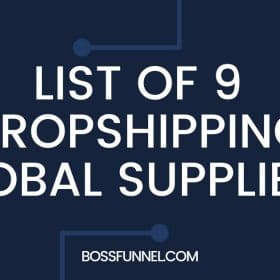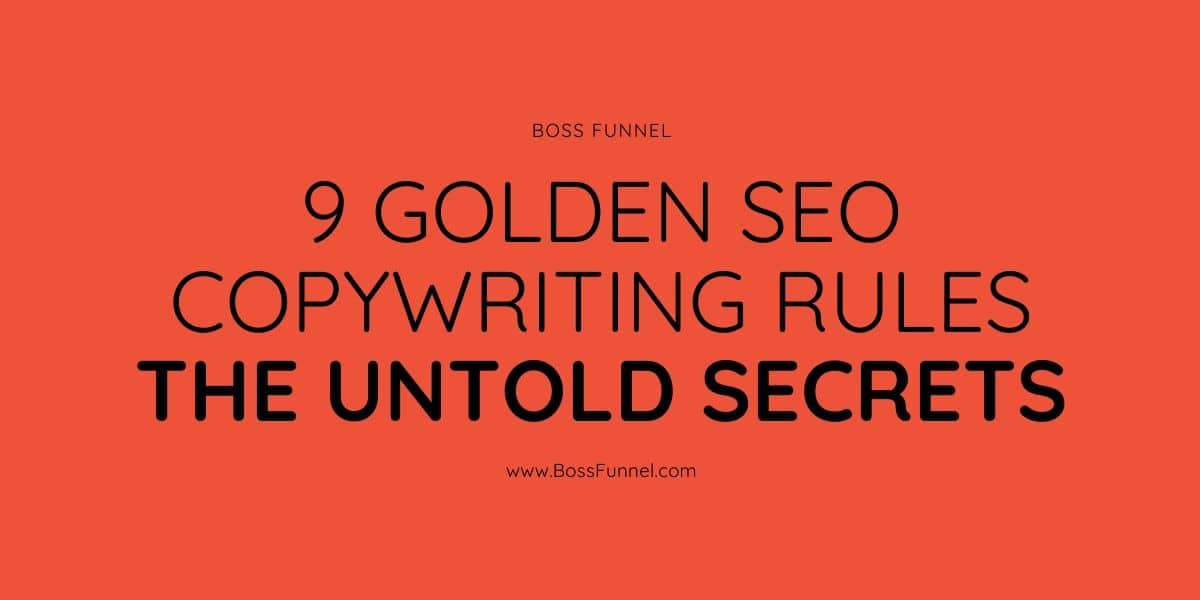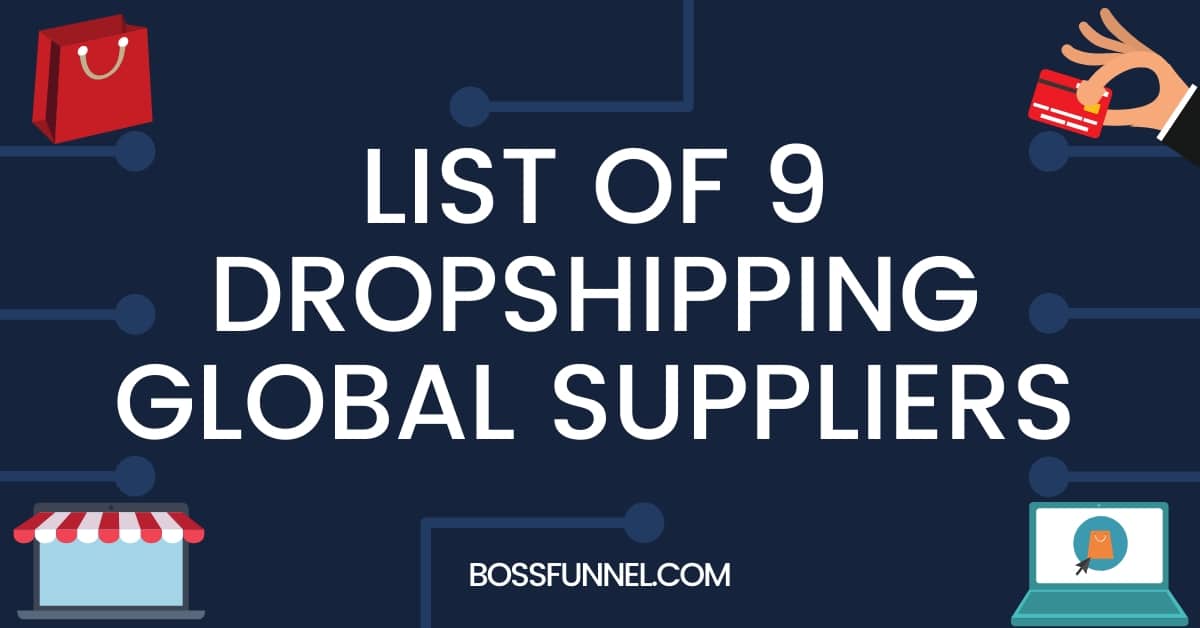Today we’ll talk about the keywords of your competitors and which of these words are good for you to use.
Tools like SEMrush, Ahrefs, Spyfu or Moz’s Keyword Explorer help you find out which keywords your competitors are using. You can smartly decide which keywords you should use, find keywords with a low-competition, etc. However, when you recognize these keywords, the main question arises: Which ones do you need to use and how to prioritize them.?

Moz worked with Hammer and Heels, a small online designer furniture store. Their competitors are Dania Furniture, selling modern Scandinavian furniture, and IndustrialHome.com from the same niche. It’s easy to imagine what keywords these companies find. The metrics used are keyword complexity, search volume, and organic CTR. These metrics are in all the tools mentioned above.
So, which keywords to choose and what factors should you consider?
1. Understand your Conversion Funnel
The first thing to do is to understand which keywords drive customers to your landing page and which ones drive raw traffic and relate this to your goals. If you have a classic funnel, at the beginning of which visitors find you and at the end make a purchase, then you most likely do not need keywords that lead to your traffic that is not converted. Or maybe you are engaged exclusively in advertising or think: “We need the biggest funnel for traffic because even if the visitor is not converted immediately, we will successfully convert it later through our retargeting campaigns.” In this case, you need, first of all, keywords that bring maximum traffic.
2. Choose Competitors who have the Same Target Audience as you
Before using the keywords of your competitors, make sure that they have the same target audience as yours, otherwise, your relevance and, consequently, the level of conversion will decrease. For example, West Elm also produces modern furniture, but they have a very wide range and an equally wide audience; Ethan Allen produces classic old-school furniture, and IKEA produces simple and affordable furniture for everyone. Obviously, the keywords of these companies would not fit Hammer and Heels. Therefore, using the keywords of your competitors, follow those who have the same audience as yours.
3. Keyword Selection Rules
A. First, the Simplest
Start with keywords that make it easiest for you to get high rankings in search engines. Why? In most companies, it’s not so easy to get a budget for SEO if you are not demonstrating progress in the first stages of work, and the simplest keywords are usually the most effective. This is both low complexity and high chances of success, and you most likely have people who are able to create the desired content.
B. Keywords similar to those that already convert well
If you understand your funnel well, you can use your AdWords campaign: look at your paid keywords and select the ones that bring you the most converting traffic. If the query “chandelier with glass shades” has already brought you many customers, it means that many customers come to the site of your furniture company in search of lighting fixtures, and it’s worth creating content for this request.
Of course, keywords should be consistent with your site’s existing structure. If it turns out that you need to start a blog that you don’t have, or completely redo the UX or UI to create content for new keywords, it’s better to postpone this task for the future.
C. Large volume, Low complexity, High organic CTR
Difficulty shows how difficult it is to get to the top of search results for a particular keyword. If this indicator is 50 or 60, and you think that 30 or 40 is already good, then a chandelier with glass shades, a sofa in the shape of the letter S, industrial furniture for the house – all this is quite affordable.
The volume should be as large as possible, but often a large volume also involves high complexity.
Organic CTR shows what percentage of visitors clicks on links in organic search results. Classic search engine optimization comes in handy here. But if you see low rates, like 55% for a certain type of chair, you should take a closer look at these results: perhaps organic CTRs are pulled by images. Then it’s worth doing search engine optimization for them too.
D. Brands you Work with
If Hammers and Heels sell Ekornes armchairs, they should use the appropriate keywords. Usually, you should not use the names of competing brands or their products, but there are exceptions to this rule. So, Industrial Home Furniture (Industrial furniture for the home) is a branded term and the name of the company’s website, but at the same time it’s a very general phrase, and therefore the category of goods on the website of some other company may well be called the same.
You can also read- What is Keyword Cannibalization and How to Avoid it?
Conclusion
Following these recommendations, you will collect a good portfolio of keywords that can bring you excellent results in the field of search engine optimization.









